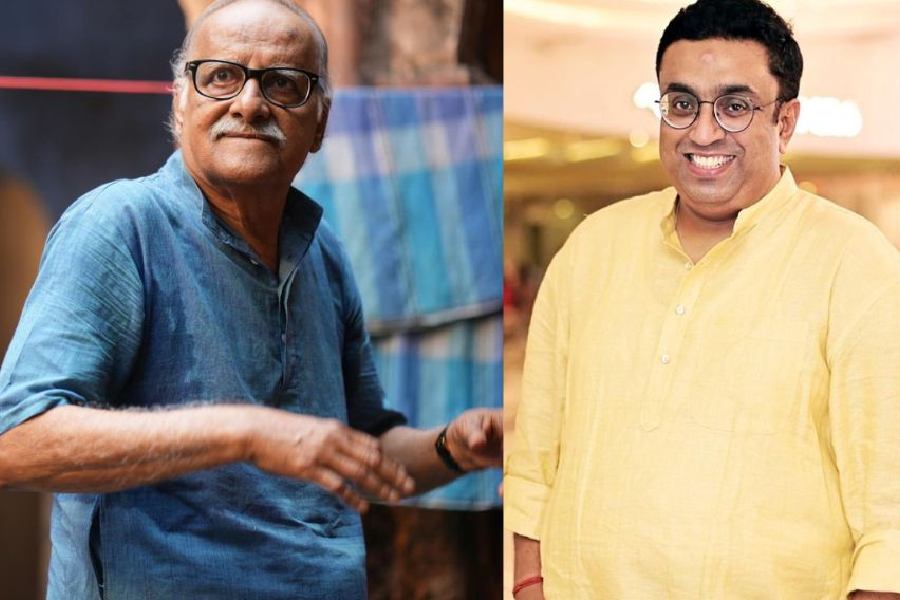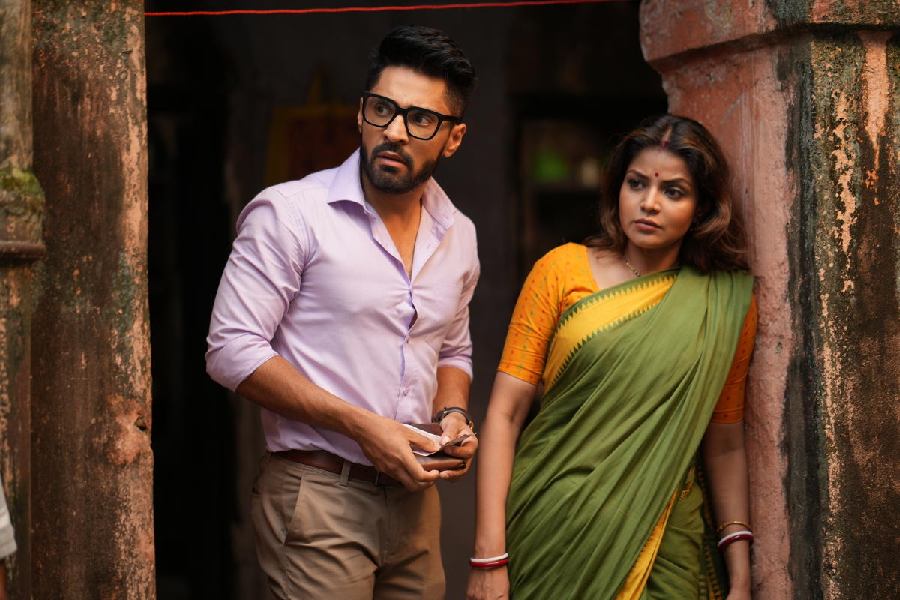Author Andrew Robinson describes Satyajit Ray’s works as a study of the development of the middle class in India within the context of Bengal. But the struggling journey of the middle class to modernity was subsequently followed by enthusiasm, complacency, arrogance, degeneration, and corruption — and the trajectory is very clear in Ray’s films.
Similarly, Camellia’s preoccupation with the middle class can be located within three coordinates — the individual’s relation to family, the individual’s role as a citizen in modern Calcutta and the shifting coordinates between family and individual. And their latest film Kirtan is all about that. This urban, middle-class, liberally educated individual had also become the cultural symbol of Calcutta. In the past two decades, there has been a dramatic alteration in the rate at which things change, at least in the material realm, around this urban populace. There has also been a perceptible, however feeble, attempt on the part of this population to find a way to maintain a continuity with its past in a way that resists change, or at the least tries to modulate its rate.

(From left) Paran Bandopadhyay, Raajhorshee De
The neighbourhoods and homes of the urban Bengali middle class in Calcutta and in mofussil towns are currently undergoing tremendous changes. There is an overt change in how urban settlements look, and what constitutes ‘the neighbourhood’. But there is an ongoing change within homes, as well. Such changes have been uneven — certain ways of living, of being, arranging and utilising the living space — and have proved to be more resistant to changes than others.
How does one classify Kirtan? It has none of the stock commercial magnets like screechy action, visceral violence, exotic locations, titillating dance sequences or double-meaning jokes. Neither does Kirtan belong to the arthouse variety which is identified by their abstractness in expression, complicated camera angles, complex editing and absence of popular stars, flamboyance, flashiness, or music.
Kirtan is primarily about the crisis of family and the individuals constituting the conjugal unit. Director Abhimanyu Mukherjee reaches the narrative resolution by shifting the scale from the individuals in the family to the individuals as responsible citizens within a newly formed neo-Calcutta, where the idea of family becomes a successful mediator between the personal space and the collective responsibilities of the family members.
A combination of Arunima Ghosh and Camellia is like a rocking duet. Arunima knows how to ignite that emotional chord in the audience. Some of her best film performances are with Camellia. Films like 17th September, Shororipu 2, Mayakumari and now Kirtan have proved that she is a powerful actor. Arunima is so convincing in the film that she can hold an audience captive and make them feel as if there is nothing but the story at hand.
It’s very difficult for an actor if he carries a grand legacy. But Gourab Chatterjee has a natural talent for performing and entertaining. He is a very interesting actor who uses intelligence to act in a very subtle way. Actors need to be well-informed and knowledgeable. It’s important to read up and get information on all aspects of life and the issues happening around the world. Gourab is one such actor and his performance in Kirtan clearly defines that.
Post Utpal Dutta, Paran Bandyopadhyay is the only actor who at this age is inevitable, whether in a comedy or a serious film. He is delightful, appealing, and enchanting to viewers of all ages. This is because he portrays the parts of real men. He sends out positive vibes that are dramatic and emotional, which help the other actors to perform their roles perfectly. This is because performing on stage, or on camera, requires a certain amount of expressive energy. Paran Bandopadhyay is one of those actors with high-octane energy and he has the ability to translate that energy on screen.
Souvik Basu’s cinematography speaks to everything that women do inherently well: it’s multitasking, it’s empathy, and it’s channelling visuals into human emotions. He is one of the finest of our times. Where words leave off, the music of Indraadip Dasgupta begins.











